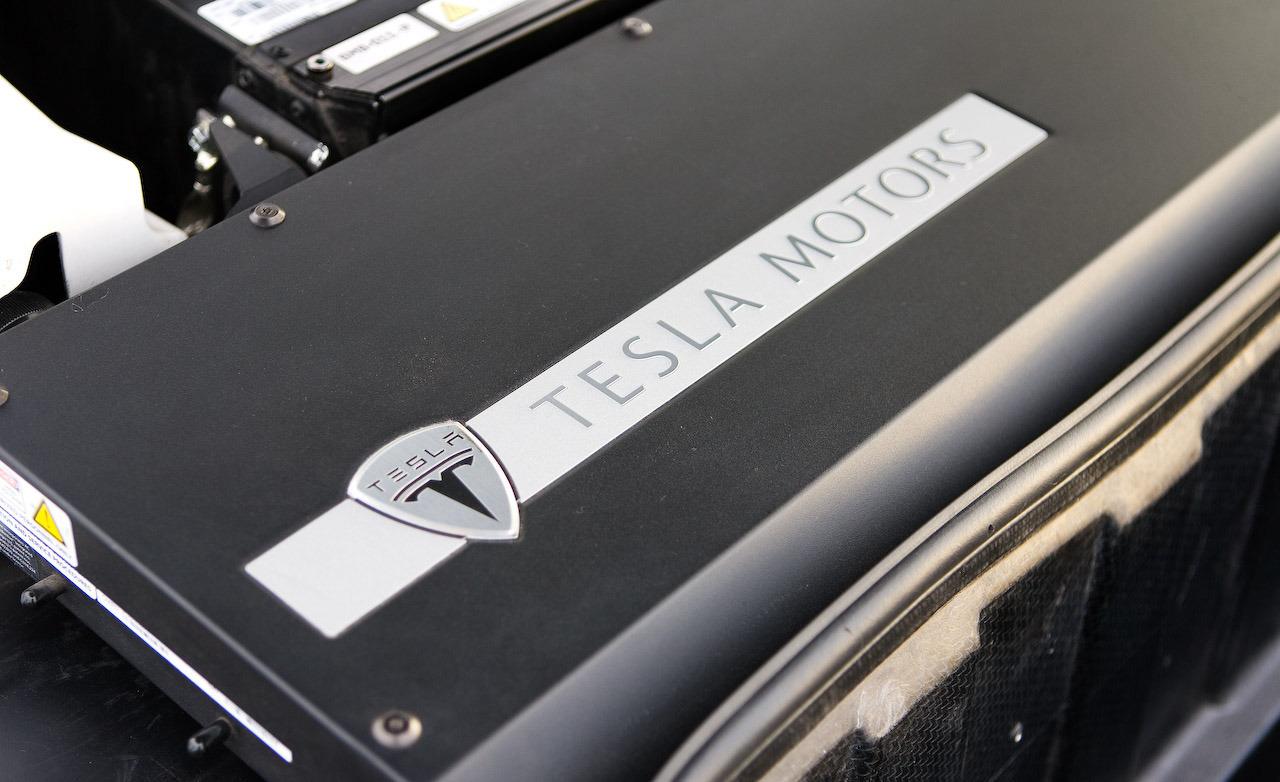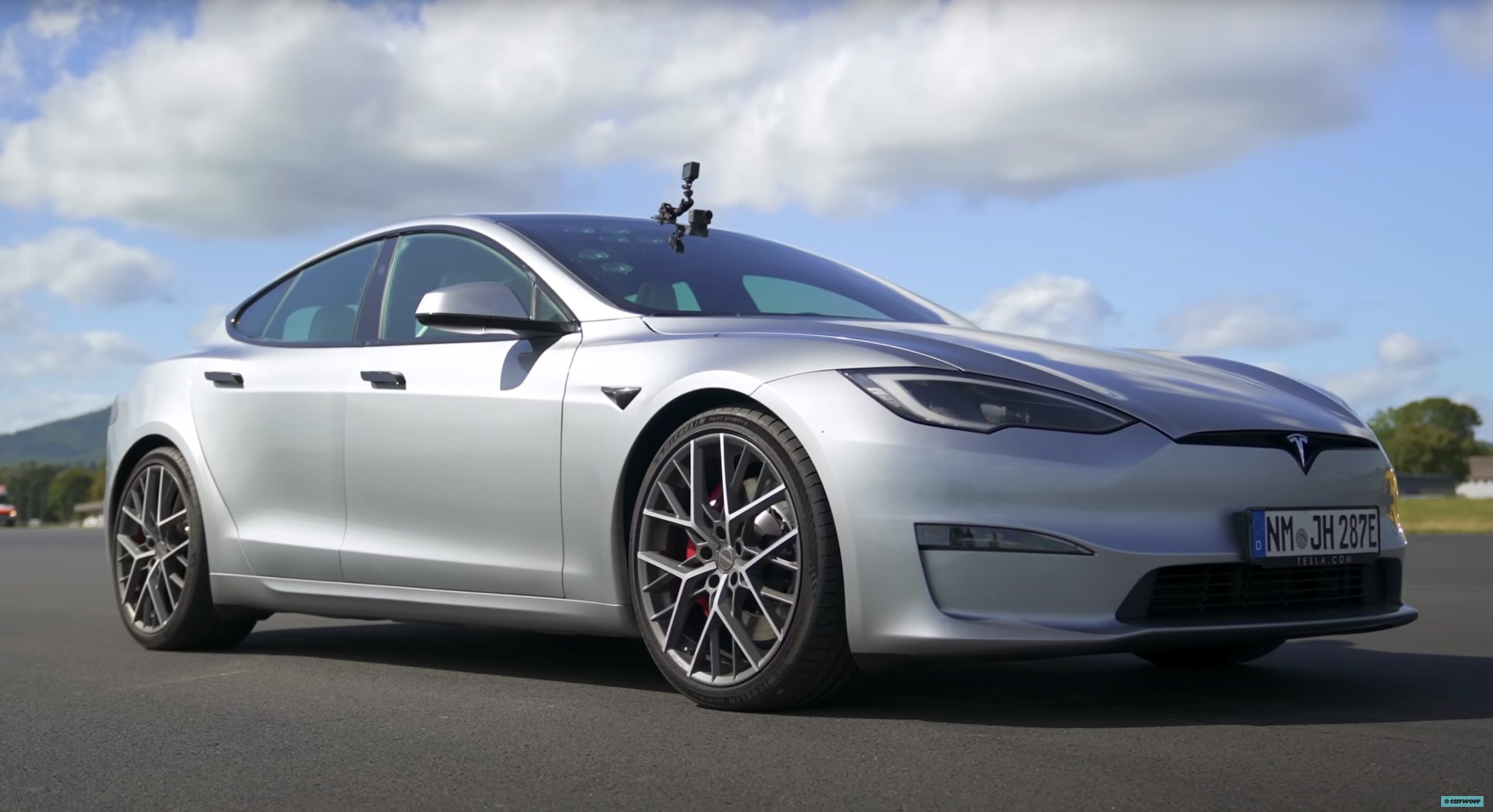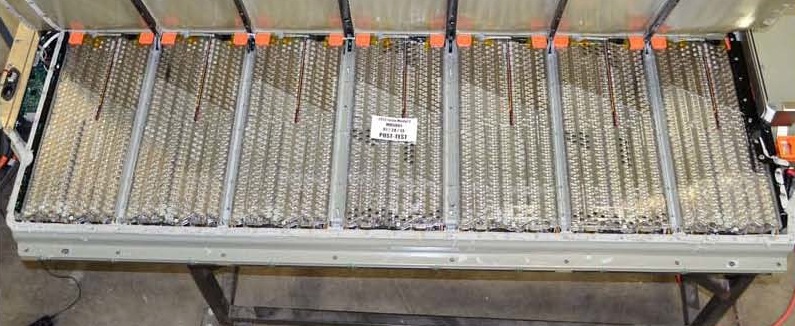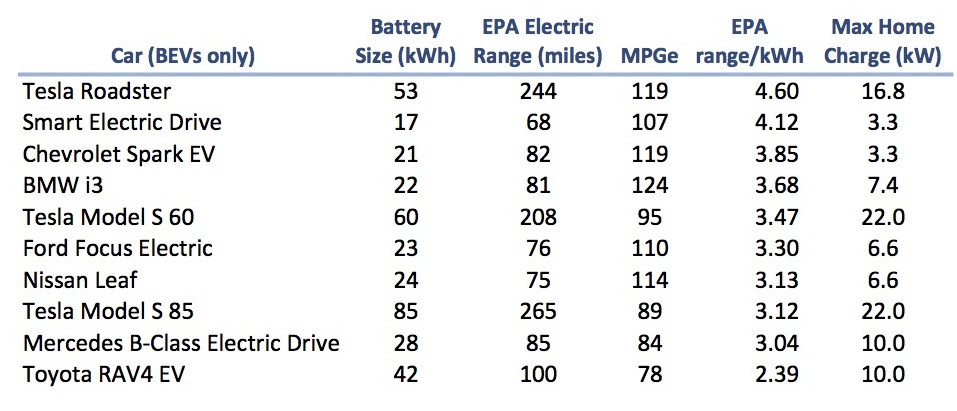Tesla Model S
Comparing Tesla battery technology against the competition

I bought my Model S for many reasons, but battery efficiency was not one of them. The question of whether Tesla battery technology is really better than the competition has been weighing heavy on my mind so I set out to try and find some definitive answers.
BEV Competitive Landscape
I started by making a list of only 100% electric cars, what people call Battery Electric Vehicles (BEVs). I wanted to cut out the hybrids and other types as their batteries would be smaller and they would be less dependent on the quality of the battery. I ended up with 10 cars in my list. All the cars in the list use Lithium-ion batteries reported to have the highest energy and power density combined of any energy-storage medium. Each vendor uses various methodologies to achieve the best efficiency and performance, not limited to lay out of the batteries, heating and cooling as well as how charge min and max charge levels are controlled.
Next I used a number of online sources to collect the basic information on battery size, EPA range, MPGe rating, max charge rate, etc and came up with the following list:
Note: the RAV4 EV had a Tesla-provided battery pack. The car and pack arrangement have ended production.
Initial BEV Battery & Range Analysis
One thing that immediately jumps out is that all the EPA range per kWh results look somewhat similar. The worst is the RAV-4 but the others are all within 30% of the best, the Tesla Roadster. In second place is the Smart Electric Drive. Some other things stand out from this data:
- The Tesla Roadster, with its low weight and relatively large battery, is much more efficient than the Model S and was the most efficient car in this group.
- Second place in miles/kWh is the Smart Electric Drive. Another low weight small car — Smaller, lighter cars lead the pack on miles/kWh efficiency.
- No surprise to anyone, the Tesla’s all have the largest batteries and furthest range of any EV.
- Also not a surprise, battery size directly correlates with range.
- The Model S is not the most efficient car in terms of converting kWh to miles driven.
- The Model S is also not the most efficient car in terms of MPGe ratings.
- The larger the battery, the larger the charge rate the vendor seems (needs?) to support.
- Tesla has the largest battery packs on the market, at least 2x any competitor.
From this data it seems that Tesla has an edge in size and/or charge rate but not efficiency (the way it’s measured in the chart). But I suspect there is more to it than this so I ended up digging deeper to uncover some more data.
Deep-dive Analysis
The amount of passenger and cargo weight you’re able to move with those kWh used is not clearly outlined in the competitive analysis. You can make an extremely efficient electric bike but its not very practical for moving your family around or hauling groceries. What does the data look like if you try to account for weight or cargo capacity?
With this additional data we start to see different leaders emerge. The larger batteries add a lot of extra weight of their own, but even with that, the Model S is more efficient at moving a pound of weight over a mile per kWh than any other EV. Other vendors aren’t too far off with the Ford Focus Electric in second place followed closely by the Mercedes B-Class.
Moving weight around is useful, but that needs to translate into utility. Looking at how efficiently the EVs move a cubic foot of cargo space Tesla also comes out on top. Interestingly, in every efficiency category I found the 60kWh Model S beats the 85 kWh Model S. Like weight, some competitors are not far behind like the Mercedes B-Class at 71 vs 98 for the Model S 85.
Summary
The Model S isn't the most efficient EV on the market, but for some people range is king. For those that don't need the range, it's going to come down to picking an EV that can comfortably handle their needed range and fits their style. One thing that Tesla has done very well is deliver a complete package -competitive battery technology, a nicely styled car, leading driver interfaces, and all in a luxury sedan. That all comes at a price that may be difficult to justify at face value, especially if you're moving to an EV to save money, but I encourage you to do a cost of ownership analysis before jumping to conclusions.

News
Tesla shocks with latest Robotaxi testing move
Why Tesla has chosen to use a couple of Model S units must have a reason; the company is calculated in its engineering and data collection efforts, so this is definitely more than “we just felt like giving our drivers a change of scenery.”

Tesla Model S vehicles were spotted performing validation testing with LiDAR rigs in California today, a pretty big switch-up compared to what we are used to seeing on the roads.
Tesla utilizes the Model Y crossover for its Robotaxi fleet. It is adequately sized, the most popular vehicle in its lineup, and is suitable for a wide variety of applications. It provides enough luxury for a single rider, but enough room for several passengers, if needed.
However, the testing has seemingly expanded to one of Tesla’s premium flagship offerings, as the Model S was spotted with the validation equipment that is seen entirely with Model Y vehicles. We have written several articles on Robotaxi testing mules being spotted across the United States, but this is a first:
🚨 Tesla is using Model S vehicles fitted with LiDAR rigs to validate FSD and Robotaxi, differing from the Model Ys that it uses typically
Those Model Y vehicles have been on the East Coast for some time. These Model S cars were spotted in California https://t.co/CN9Bw5Wma8 pic.twitter.com/UE55hx5mdd
— TESLARATI (@Teslarati) December 11, 2025
Why Tesla has chosen to use a couple of Model S units must have a reason; the company is calculated in its engineering and data collection efforts, so this is definitely more than “we just felt like giving our drivers a change of scenery.”
It seems to hint that Tesla could add a premium, more luxury offering to its Robotaxi platform eventually. Think about it: Uber has Uber Black, Lyft has Lyft Black. These vehicles and services are associated with a more premium cost as they combine luxury models with more catered transportation options.
Tesla could be testing the waters here, and it could be thinking of adding the Model S to its fleet of ride-hailing vehicles.
Reluctant to remove the Model S from its production plans completely despite its low volume contributions to the overall mission of transitioning the world to sustainable energy, the flagship sedan has always meant something. CEO Elon Musk referred to it, along with its sibling Model X, as continuing on production lines due to “sentimental reasons.”
However, its purpose might have been expanded to justify keeping it around, and why not? It is a cozy, premium offering, and it would be great for those who want a little more luxury and are willing to pay a few extra dollars.
Of course, none of this is even close to confirmed. However, it is reasonable to speculate that the Model S could be a potential addition to the Robotaxi fleet. It’s capable of all the same things the Model Y is, but with more luxuriousness, and it could be the perfect addition to the futuristic fleet.
News
Tesla Model S makes TIME’s list of Best Inventions

Tesla’s flagship sedan, the Model S, has officially been named one of TIME Magazine’s Best Inventions of the 2000s. It joins its sibling, the Model 3, which made the list in 2017.
The Model S is among the most crucial developments in the automotive industry in the last century.
Just as the Ford Model T made its mark on passenger transportation, becoming the first combustion engine vehicle to be successfully developed and marketed at a time when horse and buggy were the preferred mode of transportation, the Model S revolutionized things a step further.
Although it was not the first EV to be developed, the Tesla Model S was the EV that put EVs on the map. In 2012, TIME recognized the Model S as a piece of technology that could truly transform the car industry.
The publication wrote:
“This electric four-door sedan has the lines of a Jaguar, the ability to zip for 265 miles (426 km) on one charge—that’s the equivalent of 89 m.p.g. (2.6 L/100 km)—and touchscreen controls for everything from GPS navigation to adjusting the suspension.”
Looking back, TIME was right on. The Tesla Model S was truly a marvel for its time, and it, along with the OG 2008 Roadster, can be seen as the first two EVs to push electrification to the mainstream.
As TIME described this year, the Model S “proved to be a game-changing experience for electric vehicles,” and it ended up truly catalyzing things for not only the industry, but Tesla as well.
The Model S acted as a fundraiser of sorts for future vehicles, just as the Model X did. They paved the way for the Model 3 and Model Y to be developed and offered by Tesla at a price point that was more acceptable and accessible to the masses.
The Current State of the Tesla Model S
The Model S contributes to a very small percentage of Tesla sales. The company groups the Model S with the Model X and Cybertruck in its quarterly releases.
Last year, that grouping sold 85,133 total units, a small percentage of the 1.789 million cars it delivered to customers in 2024.
Things looked to be changing for the Model S and the Model X this year, as Tesla teased some improvements to the two cars with a refresh. However, it was very underwhelming and only included very minor changes.
Lucid CEO shades Tesla Model S: “Nothing has changed in 12 years now”
It appeared as if Tesla was planning to sunset the two cars, and while it has not taken that stance yet, it seems more likely that the company will begin taking any potential options to heart.
CEO Elon Musk said a few years ago that the two cars were only produced due to “sentimental reasons.”
Lifestyle
Tesla Model S Plaid battles China’s 1500 hp monster Nurburgring monster, with surprising results
There is just something about Tesla’s tuning and refinement that makes raw specs seem not as game-changing.

The Tesla Model S Plaid has been around for some time. Today, it is no longer the world’s quickest four-door electric sedan, nor is it the most powerful. As per a recent video from motoring YouTube channel Carwow, however, it seems like the Model S Plaid is still more than a match for some of its newer and more powerful rivals.
The monster from China
The Xiaomi SU7 Ultra is nothing short of a monster. Just like the Model S Plaid, it features three motors. It also has 1,548 hp and 1,770 Nm of torque. It’s All Wheel Drive and weighs a hefty 2,360 kg. The vehicle, which costs just about the equivalent of £55,000, has been recorded setting an insane 7:04.957 at the Nurburgring, surpassing the previous record held by the Porsche Taycan Turbo GT.
For all intents and purposes, the Model S Plaid looked outgunned in Carwow’s test. The Model S Plaid is no slouch with its three motors that produce 1,020 hp and 1,420 Nm of torque. It’s also a bit lighter at 2,190 kg despite its larger size. However, as the Carwow host pointed out, the Model S Plaid holds a 7:25.231 record in the Nurburgring. Compared to the Xiaomi SU7 Ultra’s record, the Model S Plaid’s lap time is notably slower.
Real-world tests
As could be seen in Carwow’s drag races, however, Tesla’s tech wizardry with the Model S Plaid is still hard to beat. The two vehicles competed in nine races, and the older Model S Plaid actually beat its newer, more powerful counterpart from China several times. At one point in the race, the Xiaomi SU7 Ultra hit its power limit due to its battery’s temperature, but the Model S Plaid was still going strong.
The Model S Plaid was first teased five years ago, in September 2020 during Tesla’s Battery Day. Since then, cars like the Lucid Air Sapphire and the Xiaomi SU7 Ultra have been released, surpassing its specs. But just like the Model Y ended up being the better all-rounder compared to the BYD Sealion 7 and the MG IM6, there is just something about Tesla’s tuning and refinement that makes raw specs seem not as game-changing.
Check out Carwow’s Model S Plaid vs Xiaomi SU7 drag race video below.











